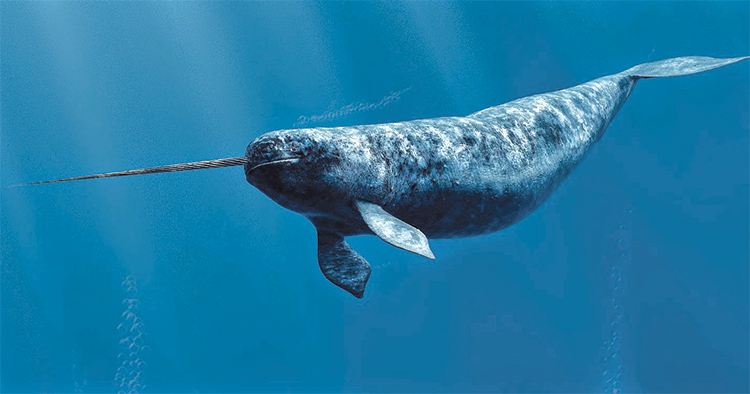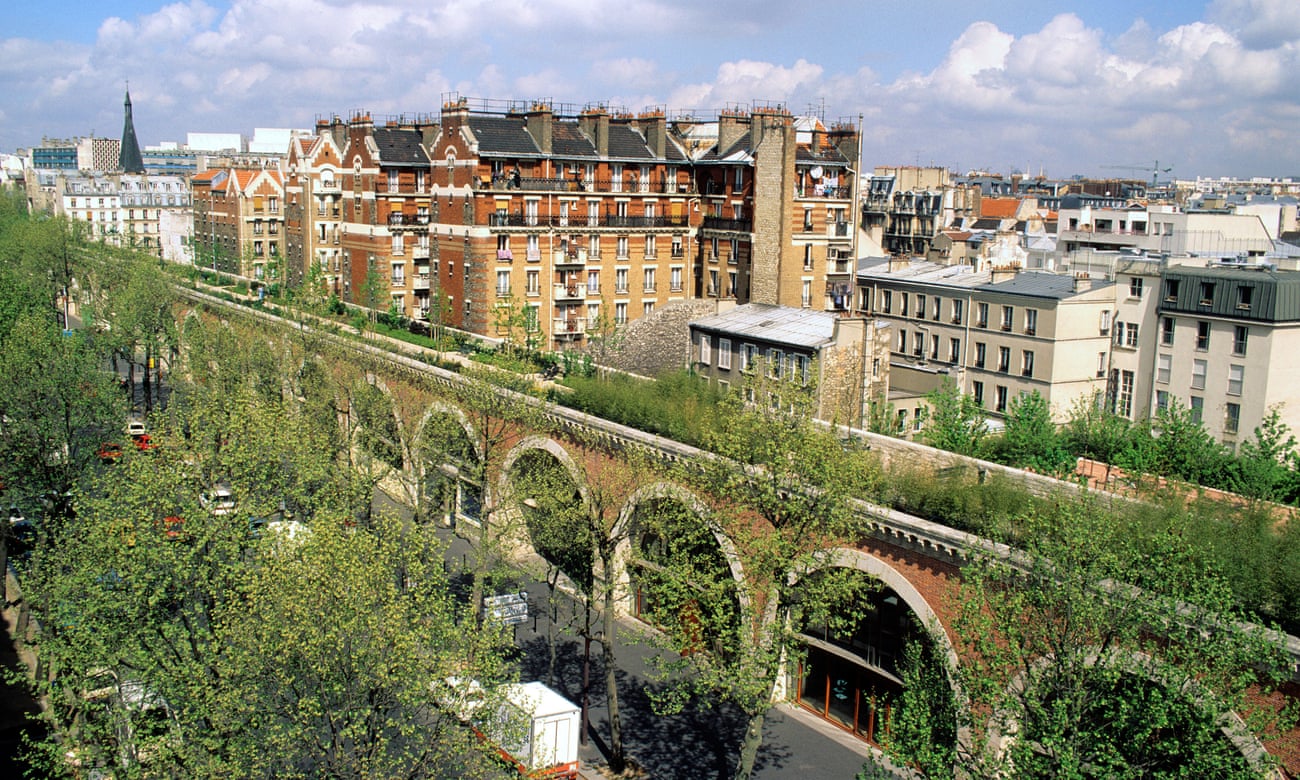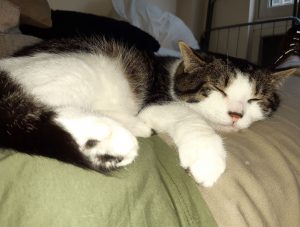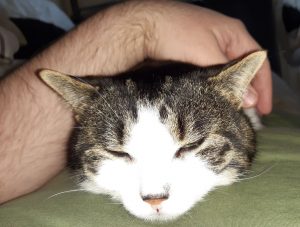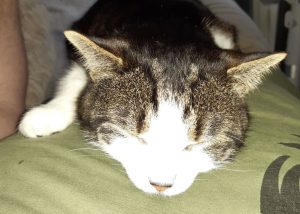By Grace Taverna
If you can, please donate to Charleston Shield or to one of the bail funds working to help the folks on the ground
I’m genuinely worried about the reality of the second Covid wave being ushered forth by current events. I fully support the protests (obviously). Our country is a racist disgrace and always has been, and fascist police and right wing neo-nazi’s are taking full advantage to turn demonstrations violent and harm the exact communities that are speaking up against the brutality under the guise of being them.
Pigs have always used the same tactics of subterfuge in crowds to turn just demonstrations into violent riots but there is now an aspect of biological warfare that has never overlapped before with times of great civil disobedience. I do not put it beneath them to intentionally expose and infect the people they arrest as simply we are not real people to them.
It also changes the parameters for “able bodied enough to take action” especially as police and those of ulterior motives turn these demonstrations increasingly violent. People who might have turned out to support the demonstrations but can’t in these circumstances.
Covid aside, if you get harmed protest or no protest you’re already spinning the wheel of our bastardized medical system. Now our odds are even worse. It was always the most oppressed peoples who have been susceptible to Covid, as a direct result of institutionalized racism and poverty, look at the death statistics, we know the deaths from Covid and the long term impacts of it target mainly POC and those in poor areas. Look at my home in Chelsea, in a state [Massachusetts] that is still under even some precautions but is the poster child for high infection rates. These are the exact people who are impacted most by the sick farce that is our possession of civil rights. Everyone’s being faced with an impossible choice to fight for something that should be the world’s most obvious answer (for dummies that is: prejudice = BAD).
At the same time, there is a mentality of “Covid might as well kill me because eventually the police are going to.” Or “I’m going to have to take my chances getting sick because the state’s forcing me back to work, so it’s not like I’m going to be given the option to keep myself healthy anyway.” The sick reality is that these thoughts are both 100% correct. The country at the macro and the state at the micro DON’T care, they couldn’t give the foggiest fuck about keeping us safe and healthy. They want us back on the capitalism production mill pronto. We know this. For many the risk is really just “I’d rather die/become ill fighting for my rights then dying for their profit.” There’s a lot of argument back and forth, but in reality, it’s never a *good* time for a civil rights movement, civil rights movements aren’t a good time. They are not fun, they are a necessity. No one *wants* to have to fight to be allowed to exist, no one *wants* it to be needed, no one *wants* the reality of the genocidal infrastructure this country is built on. (With the obvious exception of our supremacist wealthy ruling class)
When this was just a global pandemic (Fuck the absurdity of that statement), I know I didn’t feel like I was doing enough. Now we’re past the dawn and in the day of the next needed wave of what has always been the continued fight for civil liberties. It hasn’t restarted, it never ended. Not for Natives, POC, the Queer, Women, the Poor with even interlocking layered internalized oppression between oppressed groups. The racist queer people, homophobic POCs, every shade of otherized white persons and our inherent privilege, TERFs, all trying to pull themselves one rung higher on the system’s ladder as to not find themselves on the bottom at one point or another deluding themselves into thinking the fight ever ended because they were no longer last place. All while bargaining for temporary perceived social clout of “wokeness” as an introspective social currency to designate themselves as fundamentally good. With or without putting in the prerequisite man hours. While conversely there is a guilt into action of oppressed persons who feel like they haven’t done enough or been pure enough of constitution and thought. No one has to fight for their rights to be deserving of them, but someone has to fight or no one will have them.
We never stood a chance. Embedded in all this media of protests and Covid the stripping away of health care hasn’t even slowed. It’s become more vocal about keeping anyone who isn’t WWM (white wealthy and male) at risk and away from what resources we do have. For that even we’re lucky to live in MA where we at least have some chance at receiving testing/aid. Ironically medical workers themselves fall overwhelmingly and overlapping into these oppressed groups. The slow down of cases we have experienced was inherently positive. Any progress is progress in the face of a health pandemic in the exact same way that any progress is not enough progress in the face of the pandemic of systemic oppression. Our gains in Covid are not even a hair closer to making it safe to reopen or rid ourselves of it, and we’re being forced by stages back to “normalcy” anyway, for the sake of making money. Simultaneously in other states victims of police violence are poised to take the spots for hospital care, not that I’m optimistic they’ll receive it, that we can’t even confidently say are needed. I think about that every time I see someone tear gassed getting doused with milk or the welts and bruises on those hit with rubber bullets and gas canisters in the circulating footage.
Am I healthy enough to contribute? To protest? Is my contribution going to be meaningful and necessary? Am I myself an at risk person, even if I’ve avoided it to this point? Am I actually a vector and going to endanger the people I want to assist? Will I get hurt? Will the hurt I get make a difference or will it just further put me at risk? Am I so privileged that I can turn a blind eye? Am I so disenfranchised that a knock down of injury or illness will end what I’ve struggled for? Can my lungs hold up to Covid? Can my lungs hold up to tear gas? To what degree is this my fight, and am I undeserving for questioning it? Where in the complex web of privilege and disadvantage do I actually sit? Is there any way to know for sure?
In 25 years will I feel sick with myself because I wasted the isolation, that I’m uncharacteristically lucky enough to have, dealing with my own feelings of depression, sorrow and loneliness, instead of taking advantage of time not otherwise afforded to my class? Will I feel that the very short time I spent making PPE will have been enough of a contribution to warrant self merit?
In 25 years will I hate myself for not going out and demonstrating, because I’m afraid of getting sick or because I lightly sprained my ankle in a pleasure activity meant to distract myself from said isolation? Or will I just remember fondly learning a skill that I’ve wanted since youth but never had the time or athleticism to attempt until now? Was being able to finally distract myself for a few hours for the first time in days worth impeding my ability to contribute when it mattered?
Should I just keep to myself and attempt to eek out serotonin and joy for my tired body and hurt brain, and continue to take this time for self recovery?
At what point do my privileges make self care selfishness? Or will the state of my mind never allow me to see a difference? At what point is the push to self sacrifice self harm? What is the self in the face of the whole?
What will I continue to think and believe in the face of ever changing events, science, structures and philosophy? Am I a nihilist or an optimist? Did I ever have hope or belief in people or was I just able to forget about it for a short while?
What is my depression and life experiences – both good and bad – in the face of the larger universal battle for balance?
Unfortunately, life costs money, and my income from this blog has yet to meet minimum wage for the time I put into it. If you can afford to, please consider pledging a couple dollars per month or so through my Patreon. This will help me continue creating and improving this blog by keeping a roof over my head, and food in my carnivorous pets so they don’t eat me. Crowdfunding requires a crowd, so if you can pitch in a little, it would help a great deal!

